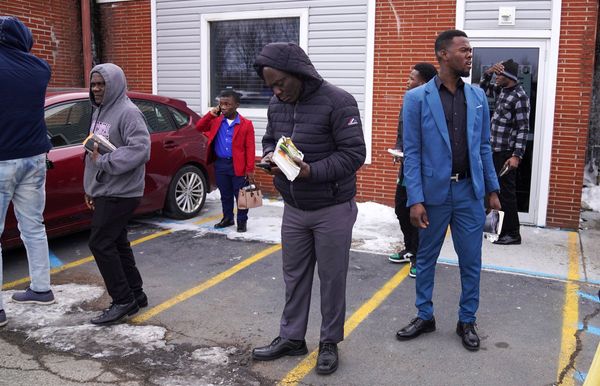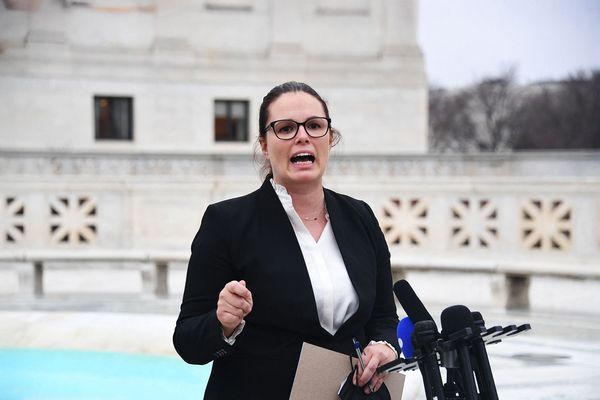
Construction codes for buildings in areas prone to natural disasters should focus on whether homes would be liveable in the immediate aftermath of a flood or bushfire, a parliamentary inquiry has heard.
A federal committee examining the response by insurers to damaging floods on the east coast of Australia in 2022 heard current building codes were only focused on whether people inside a property would be protected during an emergency.
Chief executive of the Australian Building Codes Board, Gary Rake, said while properties may be left standing after floods, the building standards did not have measures on whether people would be able to return home in the days after a disaster.

"The provisions of the code and the objectives of the code as they stand today, are focused primarily around life protection and human safety, less so around protecting the building," he told the inquiry.
"A building in a flood-affected area, if built to our standards today, would be structurally sound during the flood event ... but it won't necessarily mean the building can be occupied straight after the flood."
Mr Rake said such changes could lead to communities affected by natural disasters being able to recover more quickly.
"Our remit doesn't allow us to think about whether a person could move back into that property in a week, month, a year, forever," he said.
While the board will add climate resilience as an objective of building standards, Mr Rake warned rebuild costs for homes would be significantly more expensive under updated codes.
"We wouldn't want to transfer unnecessarily burden to residents who have already suffered in a natural disaster, but the use of modern codes also helps protect them for the future if they do rebuild in the same place," he said.
"As we develop increasing stringency, as we change the rules to allow for the future, we think carefully about the costs and benefits of that, and one of the things that I think we'll need to do for resilience."







